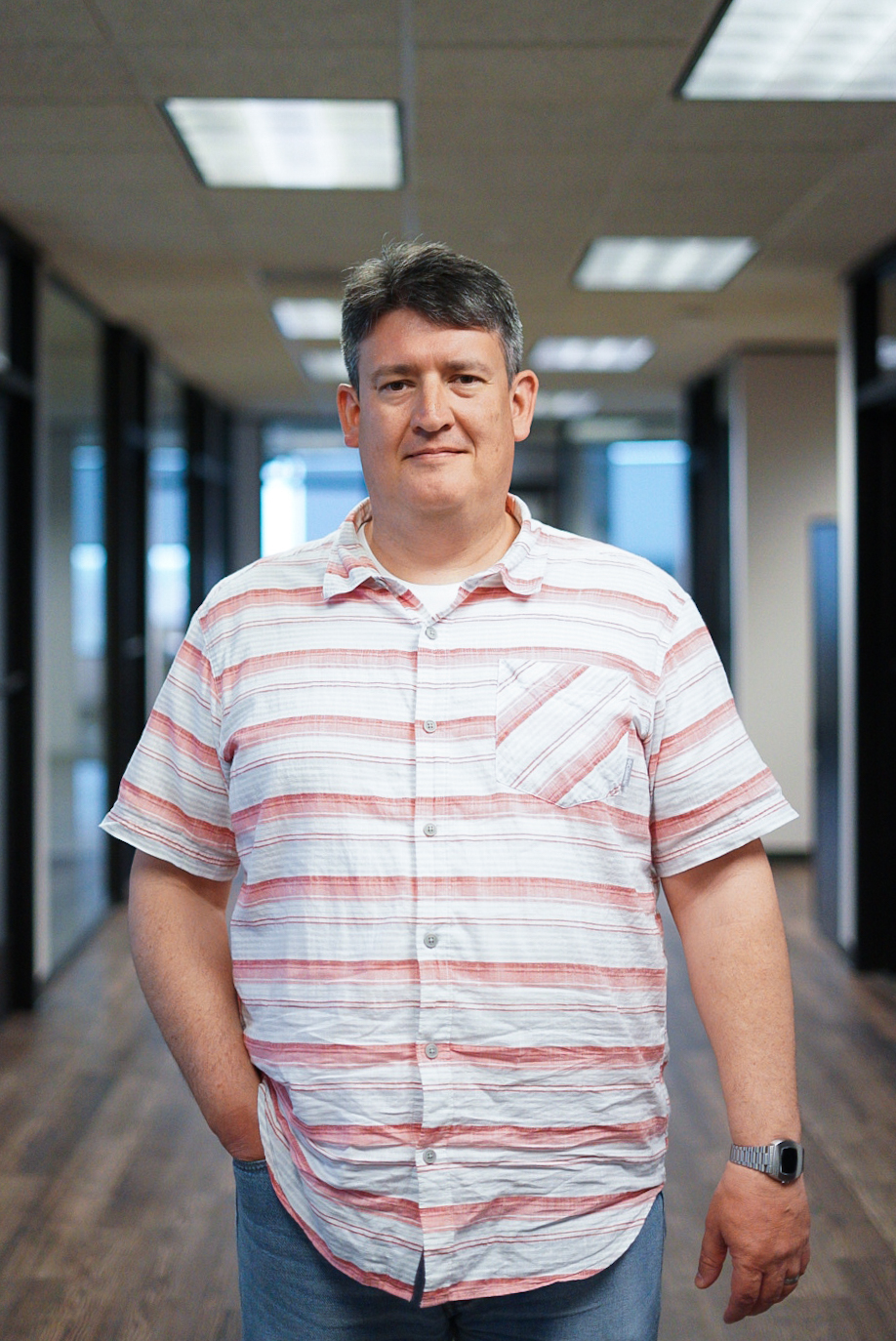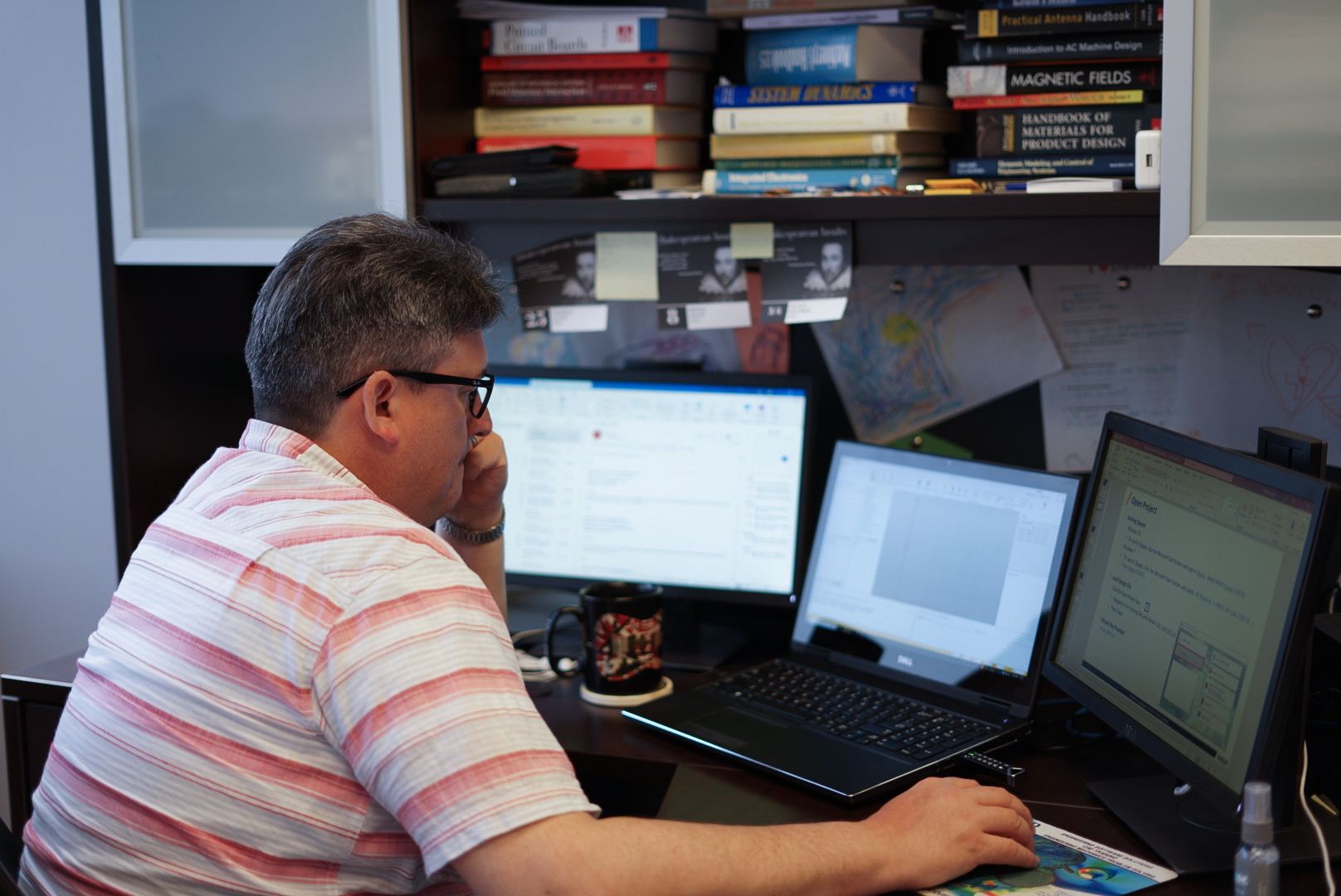The first time I seriously considered a career in engineering, I was a senior in high school. I initially chose physics as my major, but changed to engineering as I thought it would be easier to find a job in any industry with an engineering degree than with a science degree. The change was indeed hard, but I was up for the challenge as engineering seemed to be an invaluable choice for job security.
I began my career in the hard disk industry where I worked on projects looking through nitty gritty numbers and eventually found a desire to work in simulation. I first worked for a company in Oklahoma City in the late 90’s where DRD was the Ansys supplier but was not in a role to directly work with the software itself. This was when I first discovered DRD Technology and Ansys simulation.
I then relocated to Salt Lake City, taking on a role with a medical device company where I used Fluent to perform fluid dynamics work. When I was working in this role, I was also completing my Doctor of Philosophy degree in Mechanical Engineering. I saw a job posting from DRD Technology on the Oklahoma State University school website, and since Oklahoma was home, and I was already a little familiar with the company, it felt like this was a great opportunity.

Reflecting on my Time at DRD Technology
Since I had exposure to DRD Technology at previous companies, I now have a seasoned view as a customer and as a team member of DRD Technology. Over the past 15 years, in roles including Senior Applications Engineer and now Chief Technologist, I have had the opportunity to work on some incredible projects.
First, since Ansys is a company that is constantly innovating, a large part of my job is to keep up with the latest developments and evaluate them for our team. When I see a new tool that could be useful, I evaluate it thoroughly to ensure it meets our needs and can integrate smoothly into our workflow. One focus area for me has been on a tool called HFSS, which has become a cornerstone of our company’s offerings, and my role has continued to evolve as I work to identify new Ansys technologies that enhance our company’s offerings.
In general, my role is 80 percent pre-sales work and 20 percent supporting technical questions and conducting training courses periodically. Pre-sales allows me the opportunity to work closely with the sales team in the early stages to understand the client’s needs and requirements, and then develop a solution that would meet those needs.

Over the years, I have worked on many different projects. One of the most memorable was a pre-sales project for uAvionix four years ago. uAvionix is a company that builds innovative products for aircraft many of which have integrated RF antennas and my project was to simulate one of their products as “proof-of-concept” effort. When I presented the results to the client, the output from HFSS and measured scope trace results on the same graph were practically identical! I was completely amazed at the accuracy of the simulation in this case. Most numerical simulations are good if they fall within 10 percent of measured data, but this HFSS solution was within <1% of the measured data. That was the first time I ever experienced a predictive physics simulation being that “predictive.” This specific project has always been stuck in my mind; it was quite amazing.

